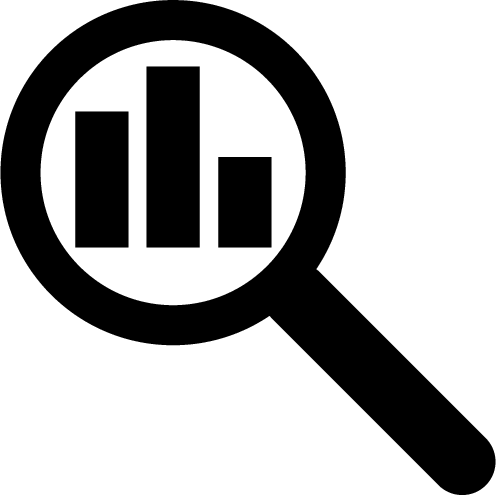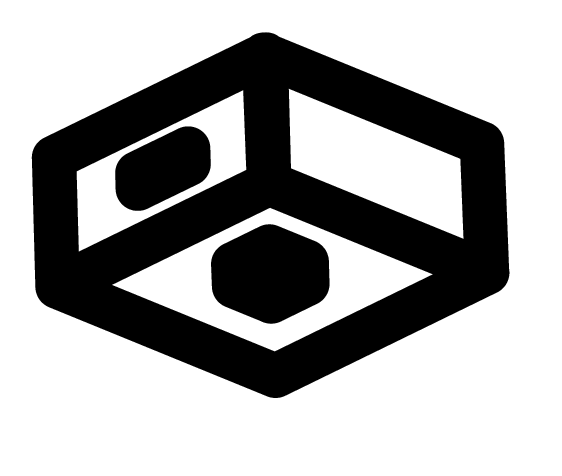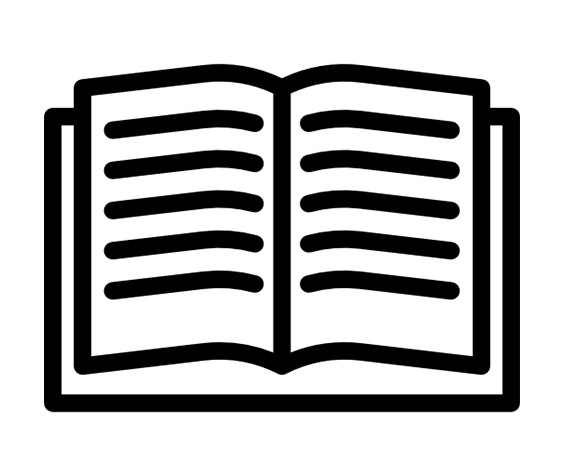New Ways Technology Is Connecting Patients To Healthcare
Omri Shor is CEO of Medisafe, a leading digital health company, helping patients manage their treatment journey.

GETTY
Technology has always been an important part of healthcare, and as a result of the digital transformation caused by Covid-19, we've seen rapid advancements that have significantly improved the way care is being delivered. Now, after years of lagging behind other industries, healthcare is finally seeing a rush of new technologies not only being developed but also meaningfully implemented in clinical, administrative and operational applications—and across different types of organizations—to address many of the issues that have long plagued healthcare.
The pandemic also led to patients wanting to become more involved in their healthcare decisions. When patients are more engaged in their healthcare journeys, they generally are more satisfied with the care they receive and have better health outcomes. Together, these shifts in the industry are creating a convergence where digital health supports patient involvement, driving greater innovations that have the power to revolutionize the patient experience.
RPM
Perhaps the clearest way in which technology is helping to connect patients is through remote patient monitoring (RPM). RPM is a growing tool in healthcare that allows patients to track biometric data at home. It can be as commonplace as tracking steps on an Apple Watch or as advanced as ingestible digital pills that can help patients track whether or not they have taken their medications and report that information directly to their doctor. Although commonly used to monitor chronic conditions, RPM has massive potential for all types of interventional and preventive healthcare. Every day, more patients and providers are becoming increasingly comfortable using this technology, and we have only scratched the surface when it comes to its value.
By giving both doctors and patients more in-depth information on their everyday health, RPM can also enable them to make more informed decisions about treatment plans and has shown great promise in improving outcomes and the overall healthcare experience. For healthcare business leaders (from health systems to innovators), RPM can also open up a new world of opportunities for engaging in patient care.
Precision Medicine Technology
Precision medicine, also known as personalized medicine, is a rapidly advancing approach in which healthcare is tailored to the patient based on genetic, environment and lifestyle factors. Many new technologies have been developed in an effort to promote and support precision medicine.
One example of this is using AI and data from millions of people to predict how people will respond to medications for conditions they may not even be diagnosed with yet. In the past, medications have been created with standard dosages for all adults. However, not all bodies are the same, and they don't all react to medications in the same way. Pharma companies like Pfizer are using AI to analyze a patient's biometric data and develop medications that are designed specifically for individual patients.
Another example is software as a medical device (SaMD)—technology that can be used as a medical treatment itself. Using a patient's health data, these tools are developed and tailored to each patient and their condition. Similar to RPM, SaMD can allow for the close monitoring of a patient's condition. By providing doctors with a more holistic view of a patient's health, both RPM and SaMD have the power to individualize care like never before.
Pre- And Post-Visit Support
Finally, technology is also being used to connect patients throughout their entire care journey—not just in the doctor's office. Many people turn to the internet for answers when they are feeling sick, but this often leads to patients misdiagnosing themselves. With digital front-door technologies, patients can now have access to resource hubs filled with information vetted and approved by their providers. Patients can analyze their symptoms and receive reliable information and recommendations on the type of care to seek, resolving the stress that can come with seeking health information online.
Another area where technology has been particularly important is follow-up care. When a patient leaves a doctor's office, they often have limited communication with their provider until their next visit. This makes it difficult for patients to ask any questions that come up at home and for doctors to ensure the patient follows the treatment plan. Patient engagement tools can connect patients and providers after the appointment so that all follow-up communication needs are met. Technology has the power to ensure patients receive quality healthcare before, during, after and in between appointments.
These healthcare innovations have vastly changed and improved the way healthcare is being delivered and received. By focusing on the patients' needs, technology has opened the door for patients to be more involved in their healthcare journeys—ultimately leading to better health outcomes. Healthcare organizations should consider implementing modern technology to provide a better experience for their patients.

 Attendees
Attendees
 Sponsors and Exhibitors
Sponsors and Exhibitors
 AI In Healthcare: A Virtual Course
AI In Healthcare: A Virtual Course
 Contact us
Contact us